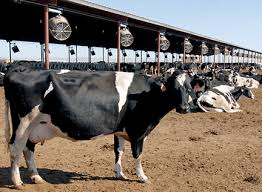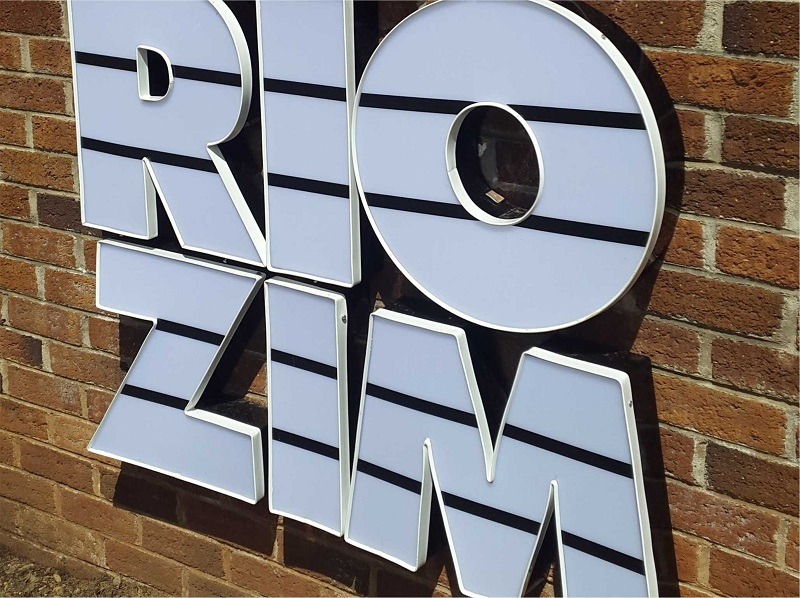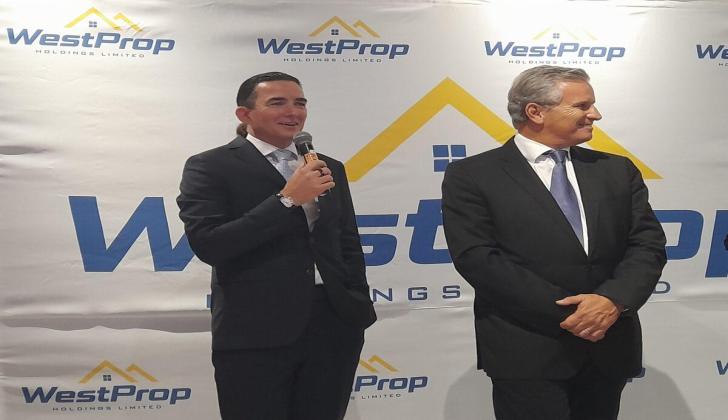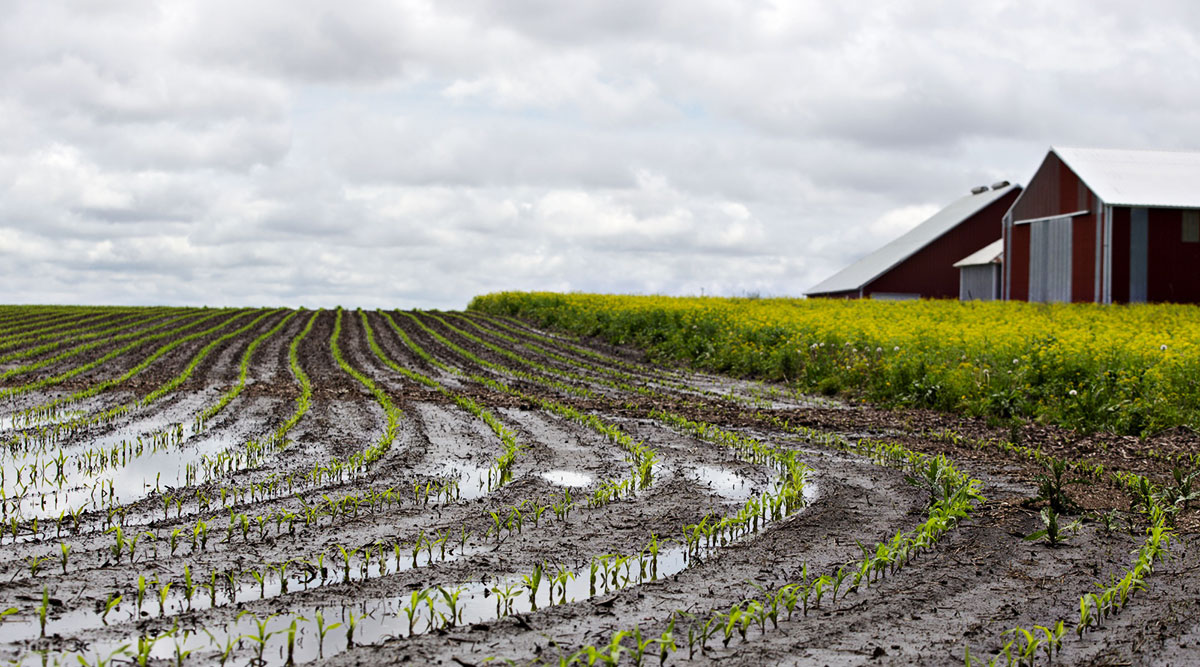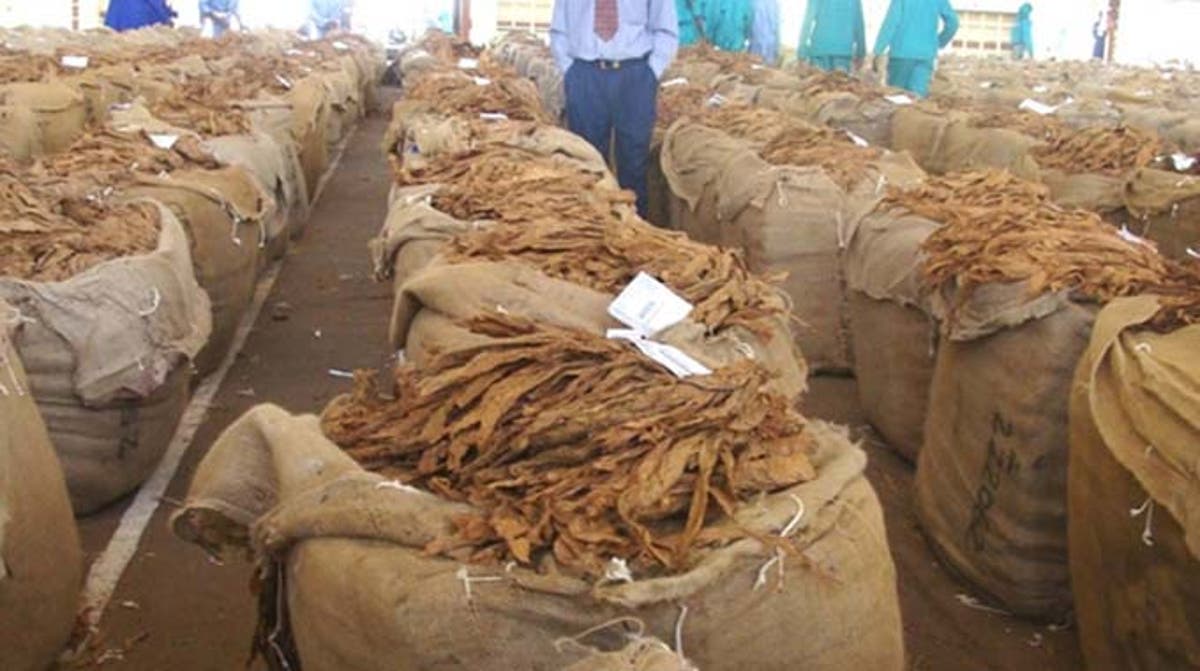Zesa requires US$2,8bn for maintenance
THE Zimbabwe Electricity Transmission and Distribution Company (ZETDC) acting managing director Engineer Abel Gurupira has said Hwange Unit 8 will also undergo mandatory Class C Maintenance soon after Unit 7 maintenance is complete adding that US$2,8 billion is needed for rehabilitation of Hwange units 1 and 6.
Last month, Unit 7 was taken off the national grid to undergo Class C Maintenance, a statutory procedure that requires the unit to be taken off the grid after running for a defined period.
With Unit 7 which has a capacity of 300 megawatts off the grid, the utility firm Zesa Holdings said the net effect is increased load shedding.
However, the authorities assured the nation that they are working around the clock to implement measures aimed at reducing the severity of load shedding in the process boosting industrial productivity.
Hwange Power Station’s Unit 7 was first synchronised with the system on March 20 before it went through various stages of testing. Since the end of March, Zimbabwe has been enjoying increased power generation.
Addressing delegates at the launch of the State of Mining Industry Survey Report for 2024 released by the Chamber of Mines in Bulawayo last week, Eng Gurupira said after both units undergo maintenance, they forecast a very steady 600 megawatts.
“We celebrated Hwange Unit 7 and 8 coming on stream and we will continue doing that but now Unit 7 is down undergoing Class C Maintenance.
“In under 30 days, it will be up but Unit 8 also has to undergo statutory and mandatory maintenance. After that (maintenance) we forecast a very steady 600 megawatts,” Eng Gurupira said.
Eng Gurupira noted that from a generation, transmission, and distribution point of view, the parastatal is looking at US$2,8 billion for rehabilitation and refreshment, and repowering of Hwange units 1 and 6. Turning to the electricity tariffs, Eng Gurupira said due to the sub-economic tariff structure, about US$3,7 billion has been lost in potential revenue.
In October, the Zimbabwe Energy Regulatory Authority (Zera) approved an increase in electricity tariffs of US2 cents.
“In terms of newly approved electricity tariffs, we are at 79 percent cost recovery, we are still not yet there to have cost effect tariffs. We are still motivating the Government for a cost-reflective tariff. We are still applying and hope that we will be awarded that cost-reflective tariff.
“The outages are a result of sub-optimal and sub-economic tariffs.
“We have lost about US$3,7 billion in revenue that has been forgone because of low-cost tariffs. We now need a mind shift from saying Zesa is the Government and the Government has cheap services. But this is business, it is better to have the right price with stable and reliable electricity.”
However, the State of Mining Industry Survey Report for 2024 released by the Chamber of Mines in Bulawayo last week states that mining executives expressed concern on the new approved tariff of US$14,21/KWh indicating that the tariff is too high and unaffordable.
“Analysis of survey responses show that the upward tariff review from USc12,21/kwh to US$14,21/KWh will result in the proportion of electricity costs to 24 percent, from 21 percent at US$12,21/KWh. The overall cost of production is set to increase by between seven to 10 percent.
“Analysis of tariff tolerance levels by mining executives shows that on average the mining companies can tolerate a tariff level of around USc9/KWh cents per kwh. 90 percent of mining executives indicated that they would accommodate a tariff of between USc7/KWh to USc10/KWh while 10 percent indicated that they would accommodate a tariff of between USc6/kwh to USc7/KWh.” — chronicle


